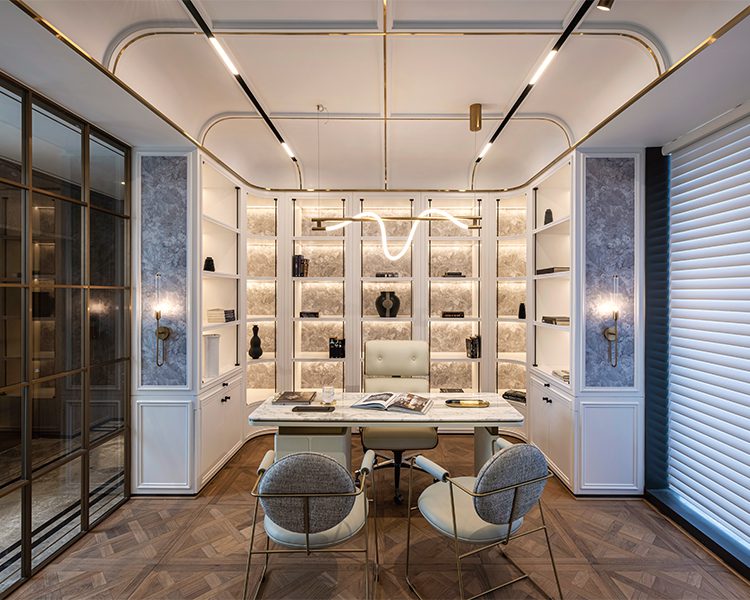Modular Construction System: The 2023 trend for Interiors

Interior design is an ever-evolving industry that combines innovative elements ranging from automation to customised smart systems to score efficiency. Modular systems in design refer to incorporating scalable and reusable components that are customised to the end user’s needs. Incorporating modular construction systems accommodates revenue, luxury, time, and comfort. Similar to the timesaving and popular prefabrication in the architecture-engineering-construction world, modularity in furniture is an attempt to craft competent design solutions. As a result, it brings in highly flexible and efficient design solutions with pros weighing more than cons.
Ease of assembly
Modular fixtures save time on assembling. Since the modules are pre-designed, they can be easily fitted on-site, saving time and labour. In addition, modularity comes with immaculate precision leaving no room for errors. This speeds up the assembly and delivery process, reducing the handover time — a win-win for everyone involved.
Endless possibilities
The biggest myth about modular furniture is that there are few options. From the colour, texture, and finish to patterns, prints, and designs, modular fixtures offer plenty of options that suit your interiors. Most fixtures can be customised while entering a few numbers and can be designed to the dot to fit a particular space. From the number of shelves to the sizes of each of these shelves, customisation is prevalent when picking modular fixtures. With advancements in technology and a well-connected network, we can now customise and fly in furniture without a hitch.
Efficient and Functional
Storage can be tricky while designing modern interiors. Indian households and retail stores call for many storage spaces, preferably concealed. With compact designs, this can be easily tackled with modular fixtures. Sleek and modern storage units can be incorporated into residential and commercial interiors without worrying about hampering the overall look or style of the space.
Highly durable
A factor that affects an interior designer’s decision-making while designing a space is the longevity of the fixtures and furniture that are brought in. Home designers sometimes face a situation wherein we must expand or downsize furniture or cabinetry. Modular fixtures solve this dilemma and leave room for upgrades, thus becoming the right choice for lasting interior design.
Cutting down costs
The components of modular design are mass-produced in a factory, thereby cutting down on production costs. These components can be used with many other components to build finished products, reducing wastage. In addition, they require shorter manufacturing cycles and are largely reusable. This brings us to the fact that modular design systems closely abide by sustainability principles, which is an advantage to look forward to.
The idea of incorporating modular systems is to optimise efficiency during the execution phase by ensuring precise design implementation. This fashion of mechanism with the holistic vision and its evolution is fast, futuristic, and fundamentally provisioned.




